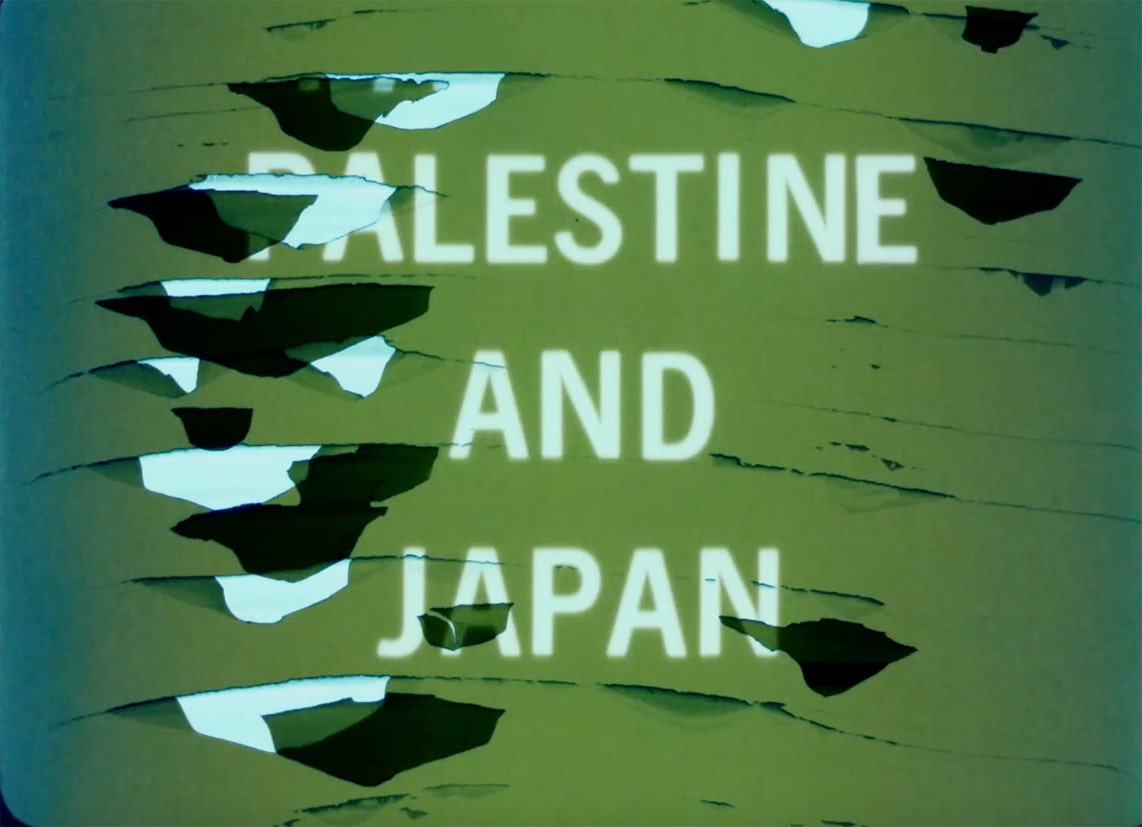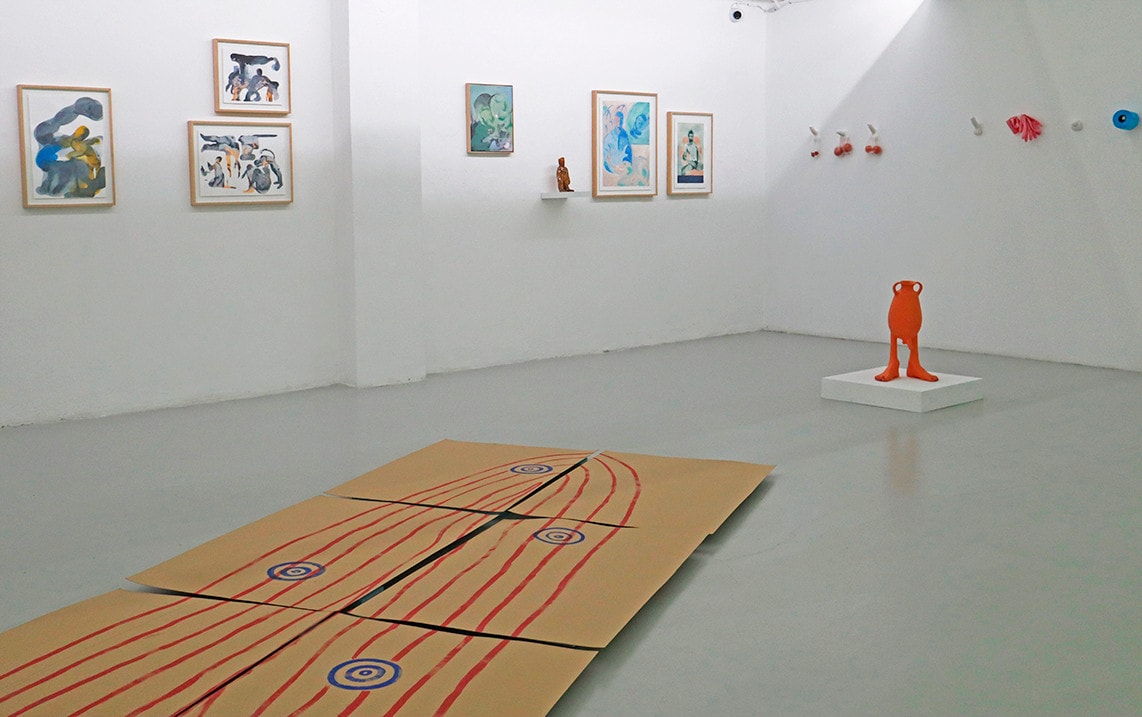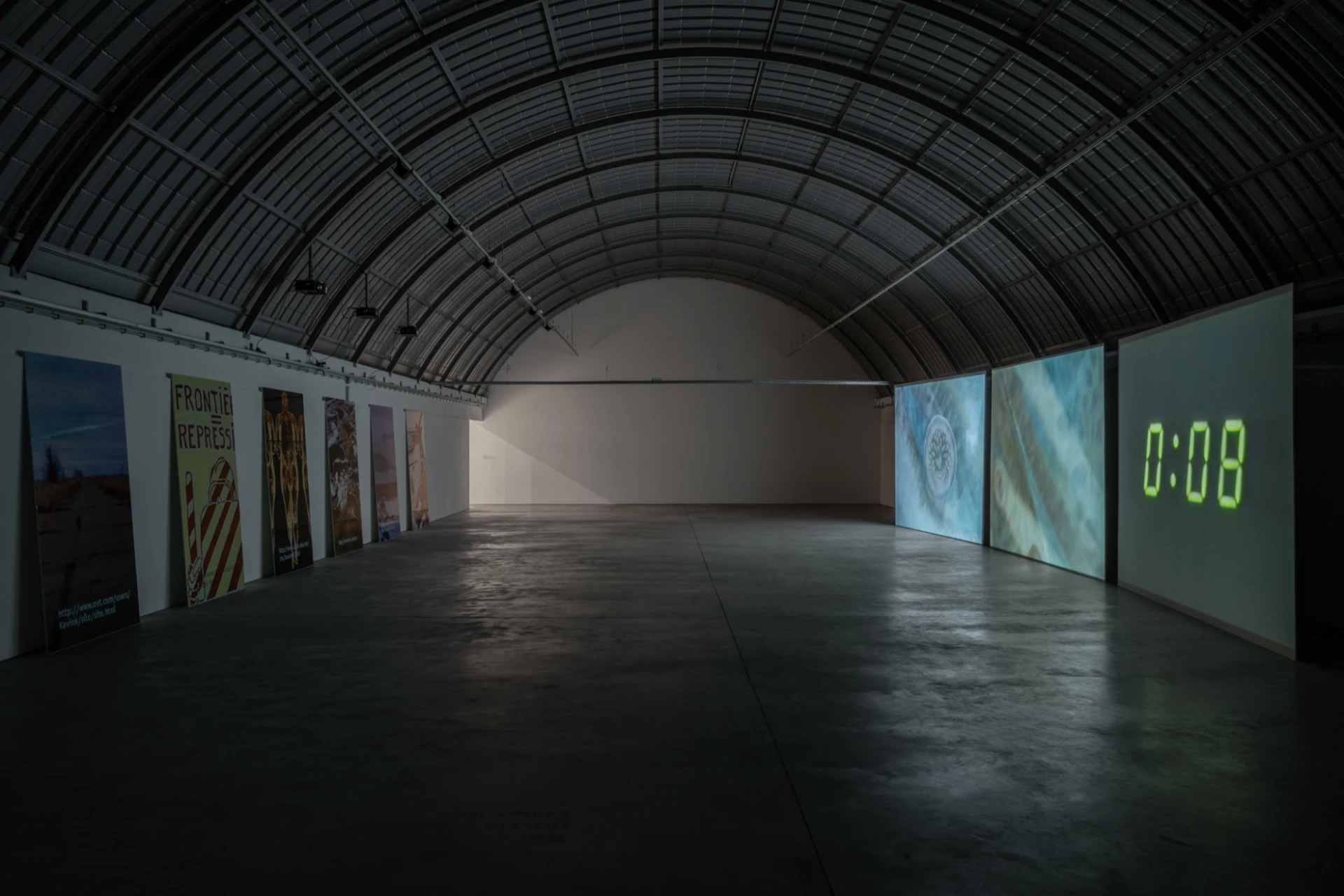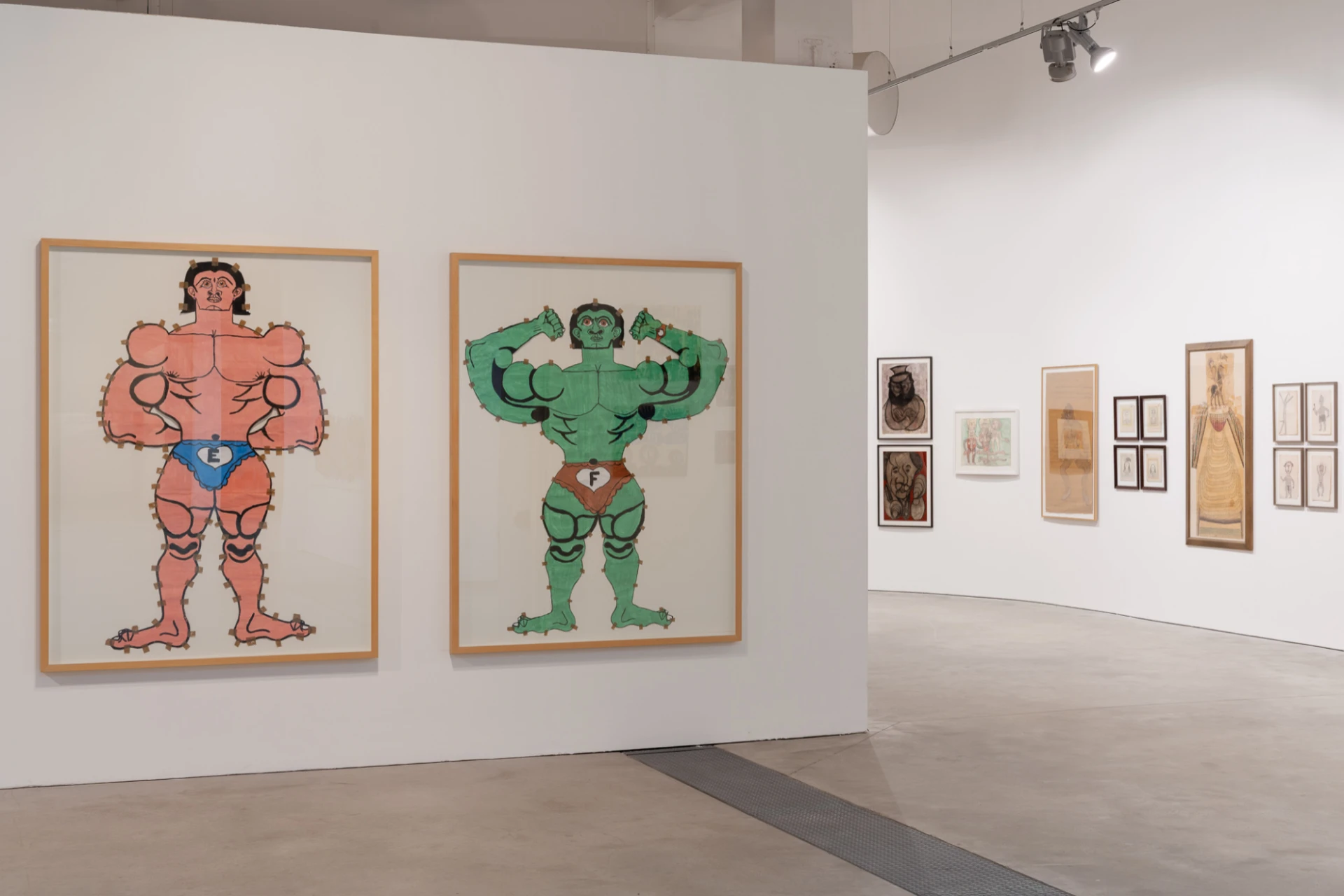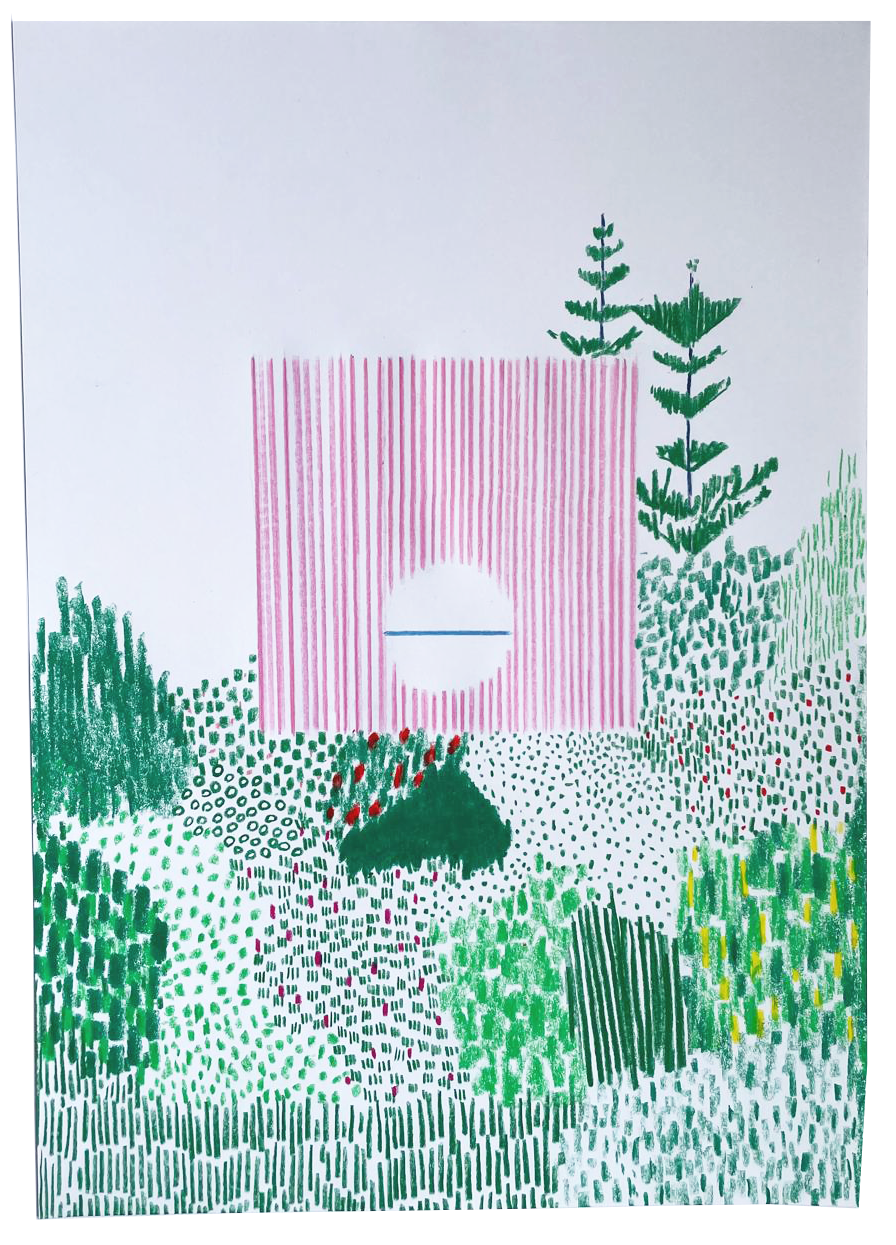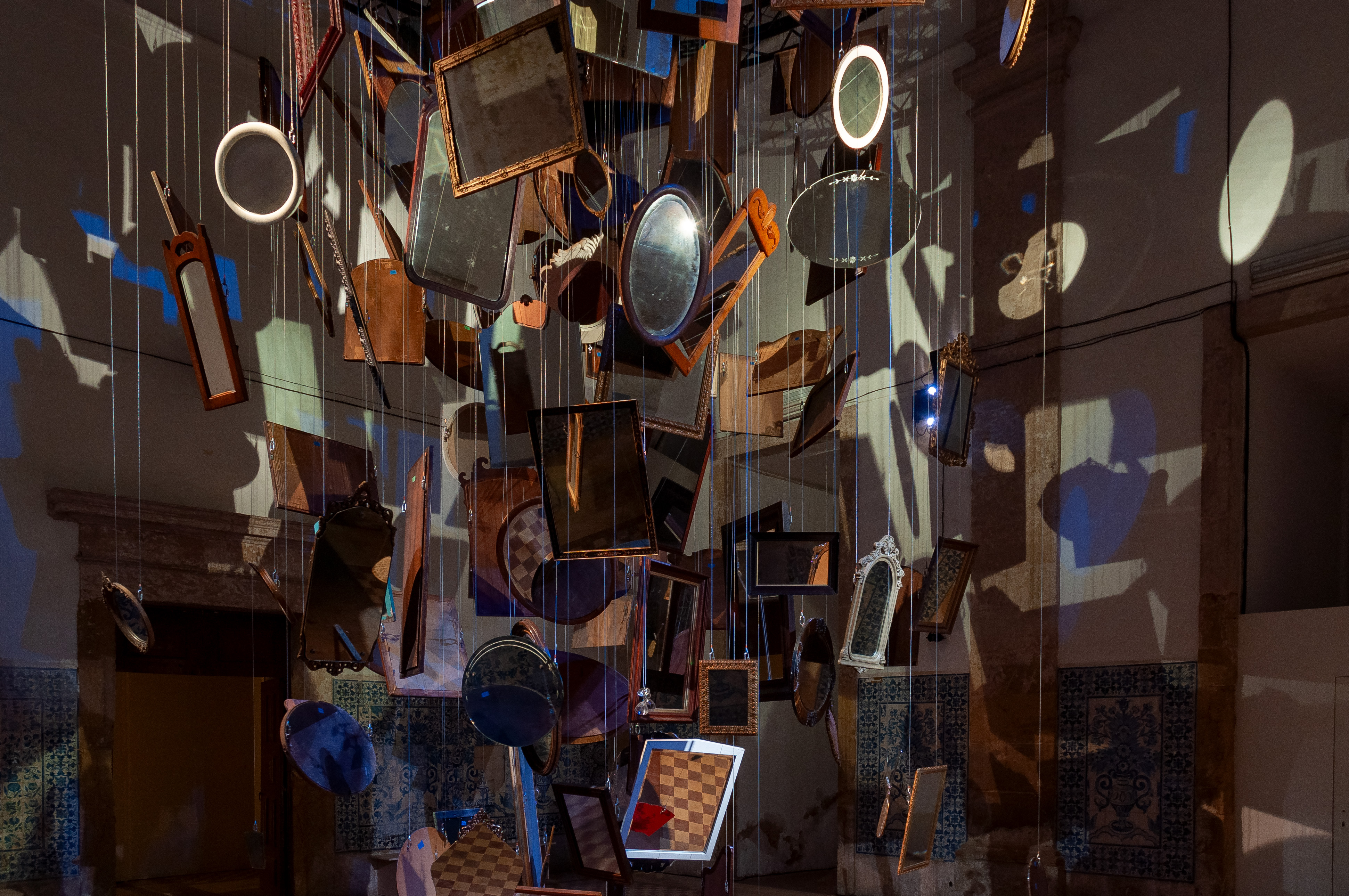On show at the Exhibition Hall of the Catholic University of Portugal’s School of the Arts (Porto), the exhibition Expurgar Papel: Reconstruindo Narrativas do Colonialismo by artist Carla Filipe (1973) is part of the research project Não foi Cabral: revendo silêncios e omissões, which is meant to provide new insights into how history is built and how we can critically develop new methods for reading and interpreting it. Curated by Brazilian researcher Lilia Schwarcz and Nuno Crespo, in collaboration with the universities of São Paulo in Brazil and Princeton in the United States, the cycle intends – through encounters with artists, activists and intellectuals – to prompt reflection on the omissions and silences maintained by history, without attempting to rewrite it, but instead to take a critical approach by establishing a place for debate to consider historical narratives and the way in which artists from different geographies and cultures have intervened to expand and transform what is known as official history.
Challenging and shifting historical narrative construction models, the Expurgar Papel exhibition reasserts the importance of art as a means of reflecting on, questioning and grasping history through a body of work that unveils images as places of power and oppression of European colonialism. Following on from the series of works entitled Mastigar papel mastigado, o desejo de compreender o velho continente para cuspir a sua história, started in 2014 during Carla Filipe’s artistic residency in Antwerp, the exhibition endeavours to reflect on the viewer’s subjective relationship with visual testimonies and on the power of the image and the word, through the artist’s non-passive stance towards her archival compulsion. From the appropriation of words, objects and documents, and resorting to collage, de-collage and cut-outs – techniques that imply an action, a gesture, a performativity – Carla Filipe de-contextualises visual and textual signs, building successive information layers and readings, using a logic of reconstruction and manipulation of memory, identity and history, giving voice to silences and omissions.
As a visual echo, the work Mastigar papel mastigado e cuspir o velho continente-Imperial Zoo (2014) welcomes the visitor, exhibited on a white wall, and precedes the installation Expurgar papel, 2020-2023, subsequently unveiled inside the Exhibition Hall. Drawing upon a historical approach, Carla Filipe calls into question – faced with the continuing existence of imperialist language and cultural traits – the inseparable relationship between the idea of history and the historical archive of the West and the crimes of colonialism. By rejecting and subverting this archive, reversing the balance of power, the array of media used in the Imperial Zoo drawing/collage – cards, magazine cut-outs and ads acquired from Belgian bookshops – opens up a critical dialogue about the cultural significance of zoos on the European continent and the relationship between humans and animals in these places where colonialism is rife. Through her fieldwork and study of the Antwerp Zoo, founded in 1843 by Leopold I as a public place embodying nineteenth century Belgian colonial and imperial ideas, Carla Filipe explores the role and architecture of this place based on the collection of animal species from Africa and Asia. The work also offers a critical reading of how human zoos are constructed as une tentative de legitimize the colonization and exoticism, by presenting images of universal exhibitions on indigenous peoples sponsored by the Belgian government, not to mention the human exploitation and genocidal practices carried out by Leopold II in the Congo Free State, the monarch’s private property, and asking us: How is possibel call a freedmon state colonialized? Language’s importance and across-the-board nature as a medium is seen in the sentences written by the artist, which, acting as slogans, subtitles and musings, challenge us and serve as a complement to the other visual elements in the work, in a blend of languages – Portuguese, English and French – which is recurrent in Filipe’s work. The critique of the advertising industry and its imperialist legacy and outlook is also denounced by the presence of adverts for colonial products – such as chocolate and tobacco – using animals. Particularly striking is the inclusion of sugar sacks collected by the artist from a café in Antwerp’s Portuguese neighbourhood, whose slogan – which still stands today – alludes to our colonial past.
The title of the series Mastigar papel mastigado e cuspir o velho continente, which includes the work on display, reflects in the artist’s words her disgust at the notion of a Europeanist archival record that must be crystallised, and which unravels, on a fine line between respect and disrespect, something that is replicated in the installation Expurgar papel. Using the same vindicating language, and drawing on documents from the eighteenth century to the 1970s (the PREC era), the artist occupies the exhibition space with an ephemeral architecture, built of different sized supports – above all archive and photographic album covers – which, hanging from the ceiling (some dropping almost to the floor) and printed with a variety of documents and iconography, we walk around, observe and read from different angles and even from the other side. The set’s installation concept and the physical and visual mobility it provides establish a pathway and living space that surrounds the visitor, plunging them into an immersive experience. As an informative document devoid of any hierarchy, the installation brings together different chronologies and geographies, in which historical episodes and political happenings take on a new relevance, prompting reflection. Reflecting on political, economic, social and cultural changes of the past and present, texts and archival communication materials are reprocessed, commented on and metamorphosed by the artist’s imagination, breathing new life into twenty-eight compositions that challenge preconceptions and prefabricated readings of history. “All these drawings emerge from the artist’s quest to understand the continent’s history through the artistic action, something that is not the same as a historian’s view, and how this idea of spitting, of purging the paper, flows out of the artist’s body.”[1]
The political, activist and social-historical nature of Carla Filipe’s work is unveiled throughout the installation’s 28 elements, which, like flags or banners, unfold the emancipatory struggles of women, migrants and the unemployed; the traumas of dictatorship, poverty and the colonial war; the right to education and housing and condemn racism and sexism. By resorting to collage as a methodology, we read the different tiers of narrative and information through photographs, newspaper clippings, envelopes, postcards, fantasy papers, and an endless range of materials[2] whose fragility brings us back to the very frailty of the archive as a “corpus subject to continuous questioning”[3]. More than appropriating words or documents, Carla Filipe builds a new archive in Expurgar papel as a “strategy for resisting a collective amnesia that Europeanises the country by diluting its memory”[4], in an exhibition that is “crucial for critical dialogue on European history and understanding the details of the past that continue to shape our present”[5].
The exhibition will be showing until March 15, 2024.
[1] Quote from Nuno Crespo’s address during the exhibition’s inaugural session.
[2] The inclusion of hair as an archive is particularly remarkable (DNA).
[3] LAPA, Pedro. “Arquivo, Testemunho e Profanação”. In Carla Filipe: da cauda à cabeça. Berlin, Lisbon: Archive Books, Berardo Collection Museum, 2014, p. 14.
[4] FERNANDES, João. “Carla Filipe: A revolução como padrão”. In Carla Filipe: Amanhã não há arte. Lisbon, Fundação EDP, 2019, p. 29.
[5] Quote from Nuno Crespo’s intervention.
